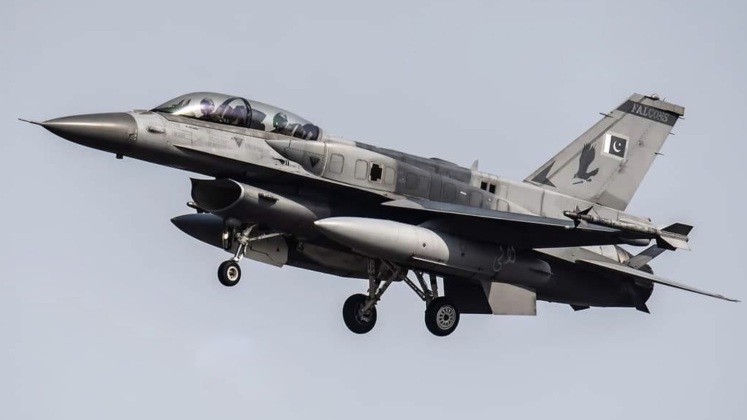News
India Confirms Probable Shootdowns of Pakistani F-16s, JF-17s and C-130
Indian Air Force Chief of Air Staff Air Chief Marshal Amar Preet Singh has confirmed the successful shootdowns of five Pakistani fighters as part of Operation Sindoor in early May, elaborating on the specific types of aircraft that were targeted. Providing details on the successes of Indian operations, the Marshal observed: “We have clear evidence of one long-range strike, which I talked about more than 300 km, which happened to be either an AEW&C or a SIGINT aircraft, along with that five high-tech fighters between F-16 and JF-17 class this is what our system tells us.” Although India’s new French-supplied Rafale fighters are assessed to have significantly underperformed, with the loss of between one and four of the aircraft reported, Russian-supplied S-400 long range air defence systems were credited with multiple kills and with having played a central role in securing Indian victories. The Indian Defence Ministry has since opened talks to procure further S-400 battalions.

Commenting on the role of the S-400, Marshal Singh previously observed: “The S-400 system which we had recently bought has been a game changer… The kill range of that system kept their aircraft away from the maximum distance at which they could employ their long-range air-to-ground weapons, like those long-range glide bombs that they have.” In his latest statement on the engagements, Singh further noted that alongside successes in the air-to-air domain, successful strikes were also launched against major airbases, destroying radars, command and control centres, hangars and runways. “We have signs of one C-130 class of aircraft…and at least 4 to 5 fighter aircraft, most likely F-16, because that place happened to be F-16 with whatever was under maintenance at that time,” he said. This statement corroborates reports of Su-30MKI fighters launching successful attacks on airbases deep inside Pakistan, using BrahMos cruise missiles and causing considerable damage to F-16 units specifically.












